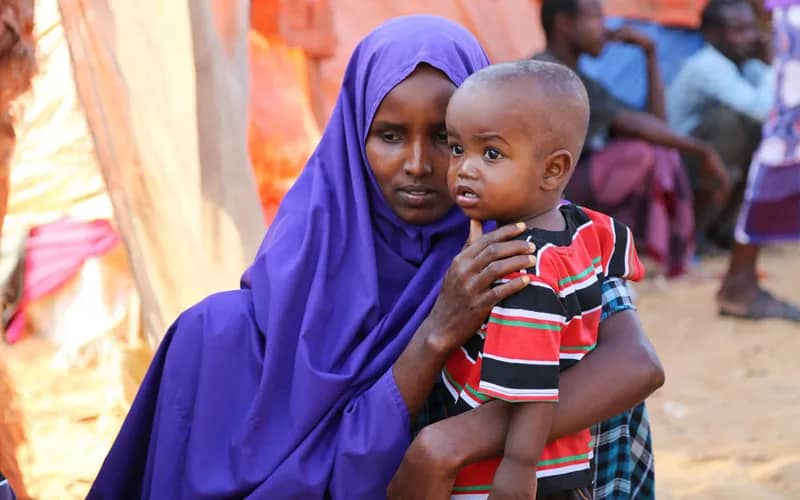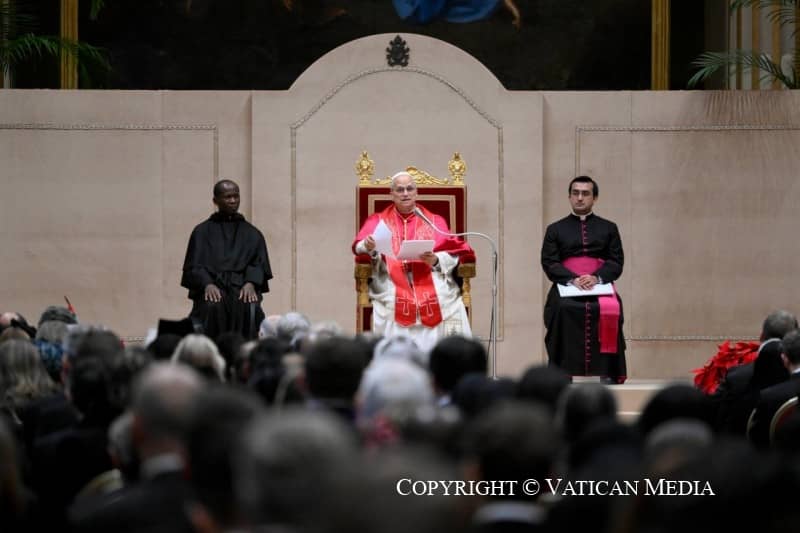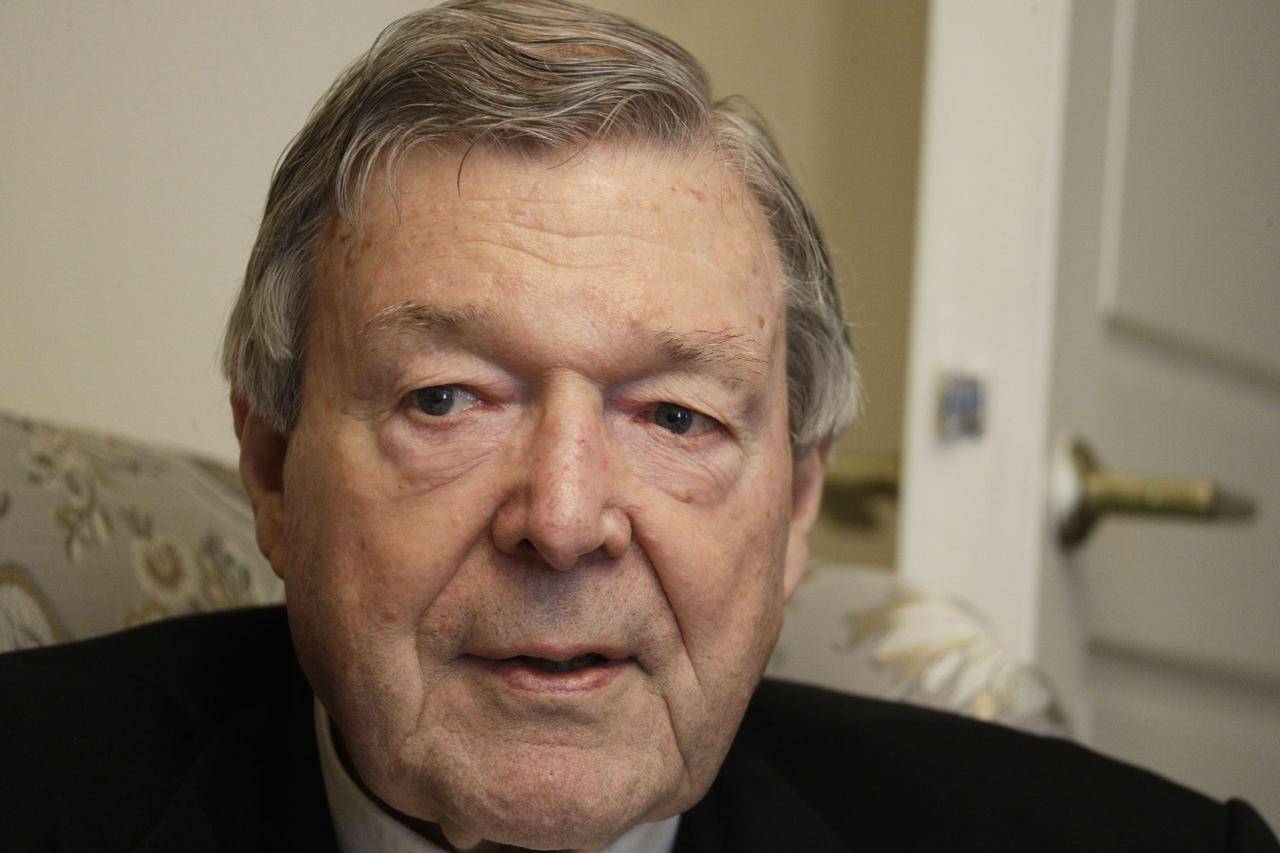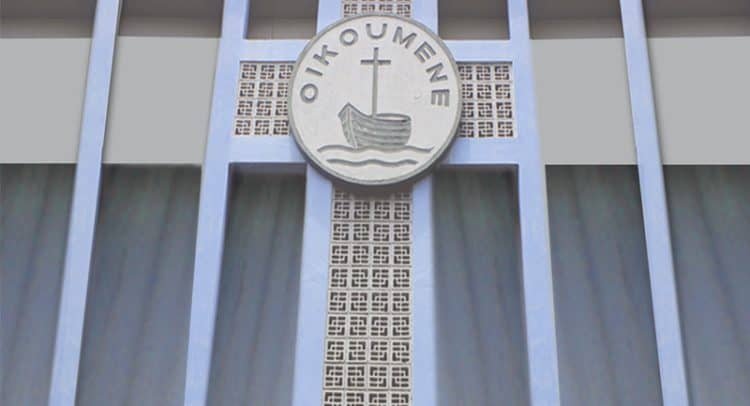As the Church approaches All Saints Day, it is a good time to wonder: Where are the American saints?
Although it is true the United States is a young country, with a Protestant majority, our gallery of saints still seems relatively meager. Around a dozen people have been canonized who were either from or lived in what is now the United States. Around the same number have been beatified.
When I worked in Rome, I lived in Santa Marinella, about 40 miles from the Italian capital. Less than a five minute walk from my home was chapel holding the remains of Blessed Maria Crocifissa Curcio, the foundress of the Carmelite Missionary Sisters of Saint Therese of the Child Jesus, who died in 1957.
This isn’t uncommon in Italy. Many small towns have their saints, and this isn’t just because they have nearly 2000 years of Christian history to draw from. A plurality of the saints being created today come from Italy.
So why the paucity of recognized saints from the United States, with the fourth largest Catholic population in the world?
Let’s get one objection out of the way: There is not a lack of people in the history of the American Church who could be raised to the altars. Hundreds of Americans are currently somewhere in the process of sainthood.
One reason is the same reason that other “young” Catholic countries such as Brazil and the Philippines don’t seem to have a lot of saints: The process for canonizing saints is complex and bureaucratic. Some countries are just better negotiating the labyrinth because they have been doing it for a long time. There is a reason when the Vatican releases the names of new Servants of God, Venerables, Blesseds and Saints, you see so many Italian, French, and Spanish names.
In addition, people in the Vatican – and this includes popes – are more likely to take a vested interest in the causes of people who are in the news. For example, Father Pino Puglisi was shot outside his home in Sicily after challenging the Mafia. The murder shocked Italy, and he was beatified in 2013, just 20 years after his death.
But in the United States, there are also priests who have also faced a martyr’s death. Franciscan Father Leo Heinrichs was shot by an anarchist while giving Communion at a parish in Denver in 1908. Father James Coyle was murdered by a member of the KKK in 1921 in Birmingham, Alabama, after he presided over the marriage of the man’s daughter to a Puerto Rican.
Heinrichs has been declared a “Servant of God” – the first official step on the ladder to sainthood – and Coyle’s cause hasn’t been officially started.
If such murders had happened in Italy, it is hard to imagine the priests would not have been fast-tracked to sainthood.
This also touches on another reason there are fewer U.S. saints: The Italian faithful would have pushed for it.
When John Paul II died, the cries of “Santo Subito” rang out at his funeral: “Make him a saint now!” Continental European Catholics push for their saints. When Father Jacques Hamel was murdered by Islamists in France in 2016, the pope waived the five-year waiting period to open a cause for sainthood, and it began the next year.
Father Mychal Judge, killed ministering to firefighters at the Twin Towers on 9/11, hasn’t gotten the same treatment. U.S. Catholics are just less likely to bang down the bishop’s door to demand someone be made a saint.
Part of this could be due to the influence of our largely Protestant society. My mother – a convert – was taken aback during her first trip to Rome when she encountered the bodies, skulls, and other relics of saints scattered among the churches of the city. To some degree, the “Weird Catholic” world of stigmatists, miracles, and relics which permeates the faith in Southern Europe is a cause of embarrassment for Catholics that spent much of the 20th century trying to convince Episcopalians and Methodists that the Catholic Church is intellectual and modern.
(A similar attitude exists in the United Kingdom, where even Anglo-Catholic Anglicans sometimes rolled their eyes at this year’s national tour of the relics of St. Bernadette.)
This is a shame, since a country’s saints, even putting aside the supernatural benefits of their intercession, are a point of pride to its people, and a mark that their national Church has “worked” – after all, what is the purpose of Christianity, if not to make saints?
So this All Saints’ Day, remember our American saints not yet declared, and maybe say a prayer that they get their day on the calendar soon.
Follow Charles Collins on Twitter: @CharlesinRome
















